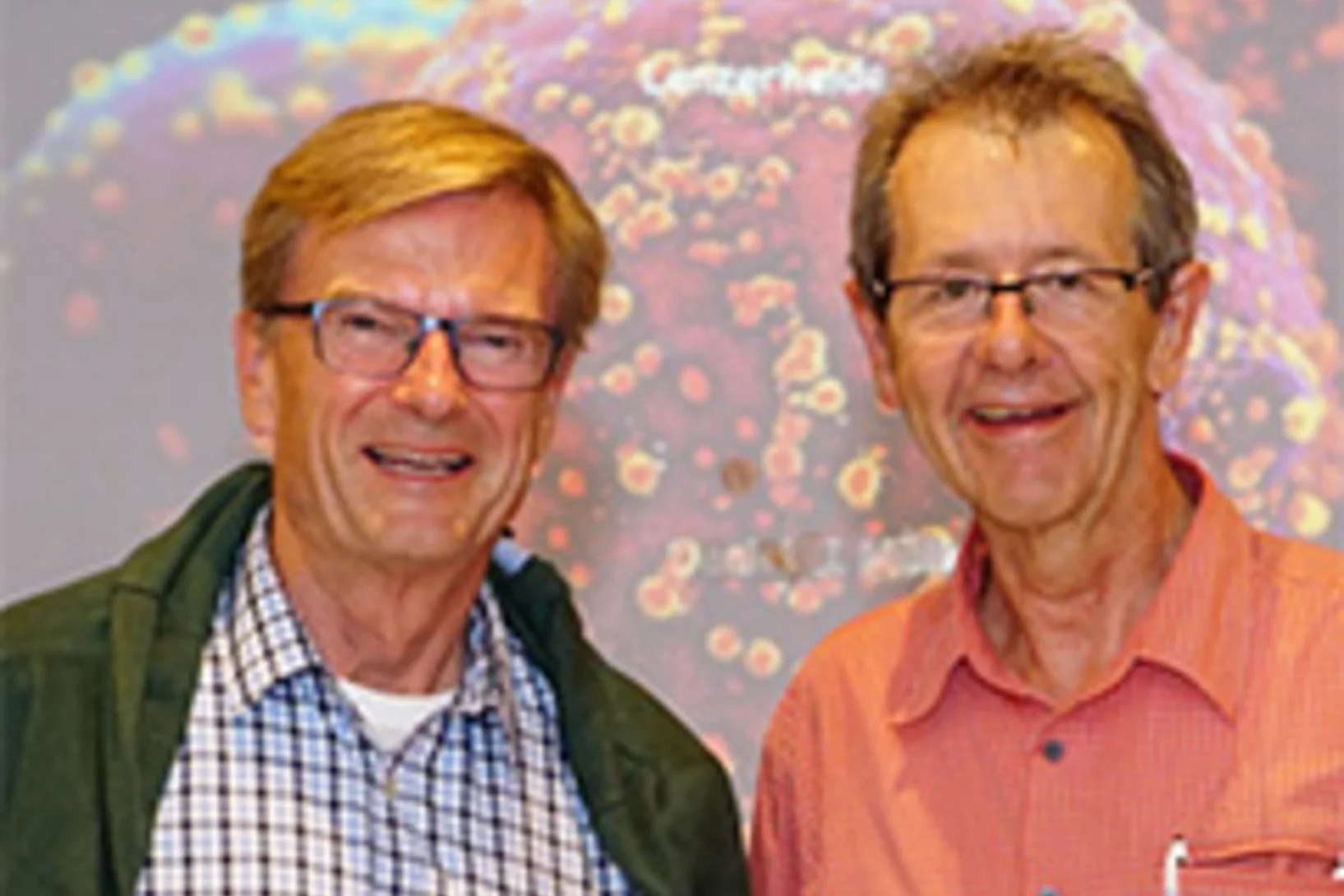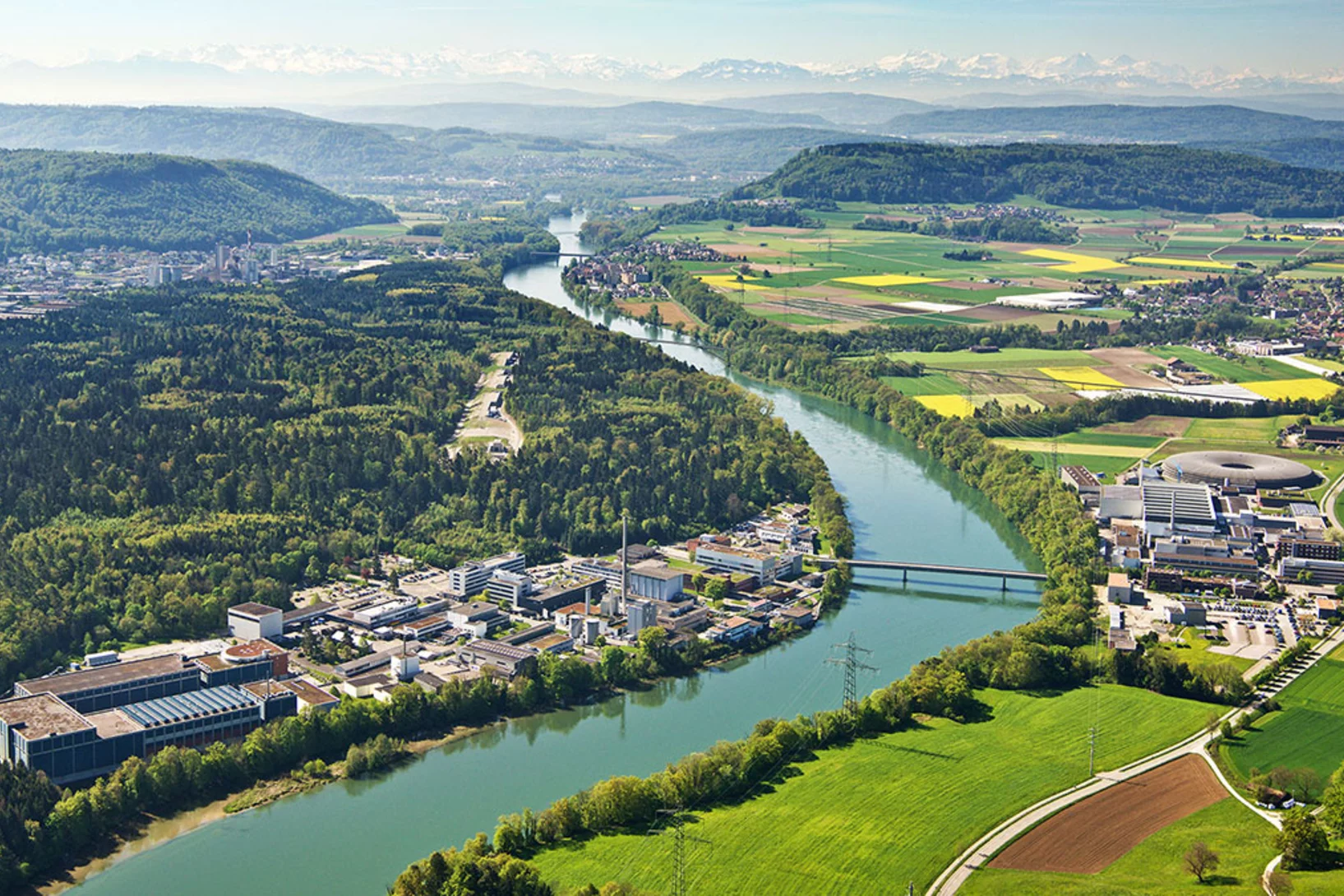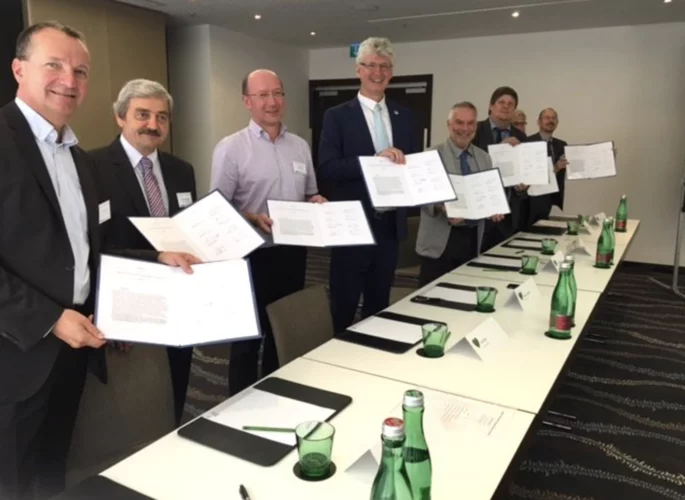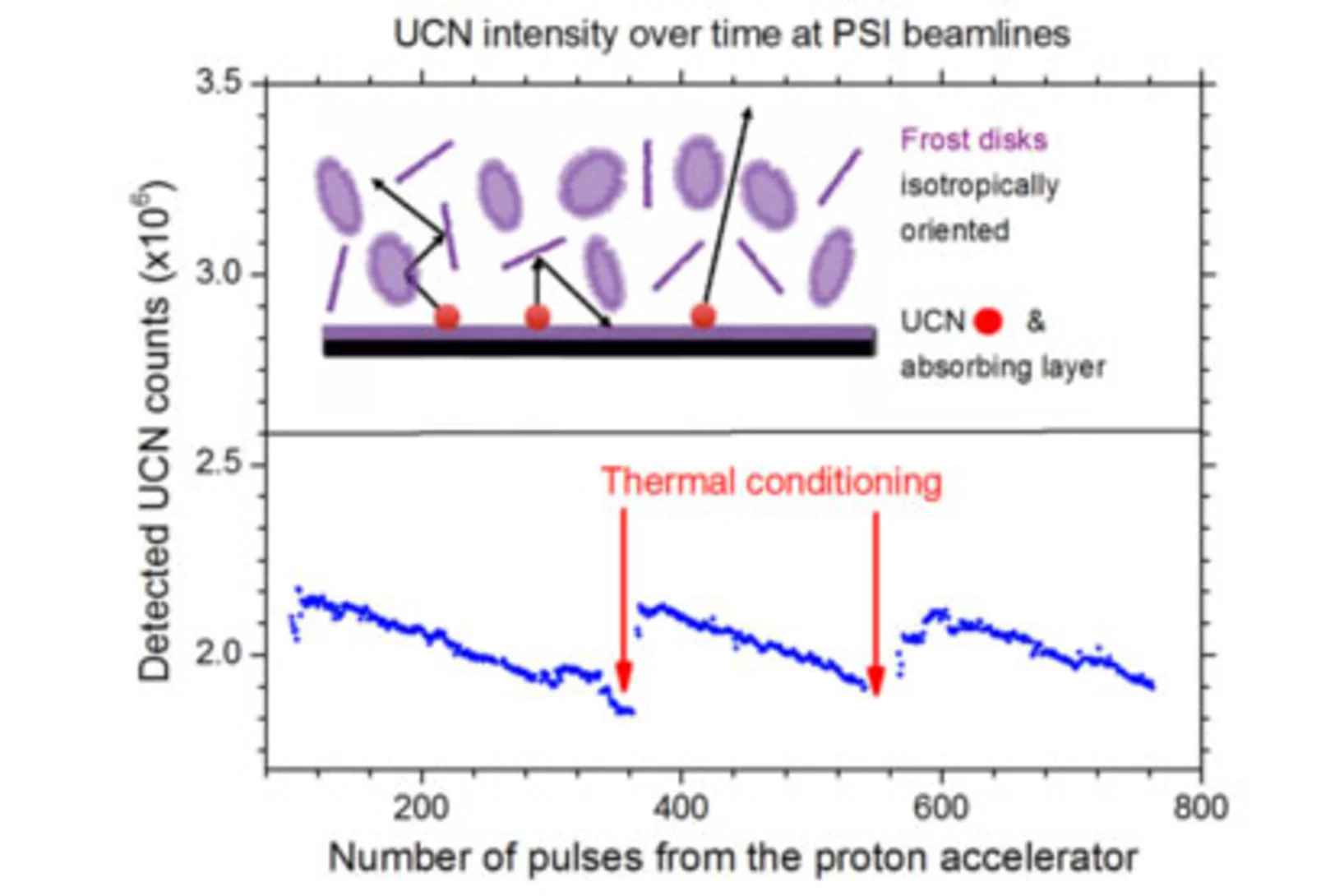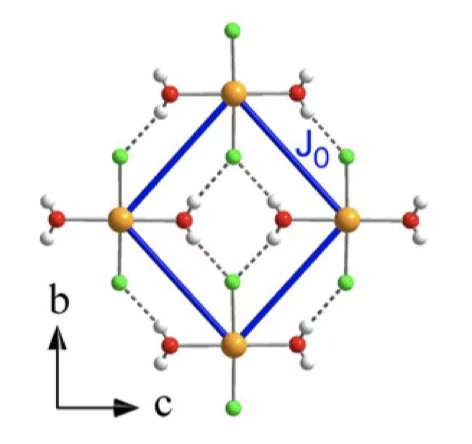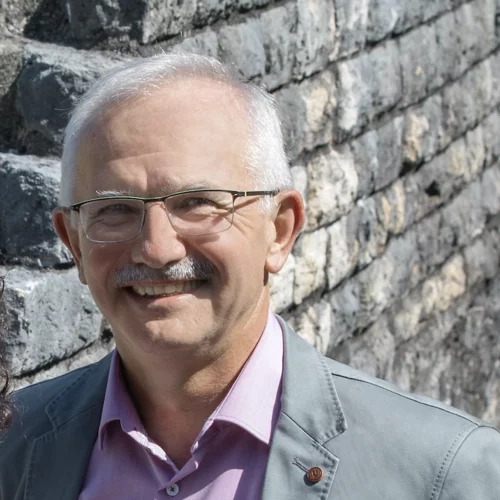Abandon de l’énergie nucléaire, développement de l’énergie solaire et éolienne, production d’énergie à partir de la biomasse, réduction de la consommation d’énergie. D’ici 2050, la Suisse doit atteindre la neutralité climatique. Un objectif ambitieux, rendu plus urgent que jamais par une situation géopolitique de plus en plus difficile. Comment faire pour mettre en place ces prochaines années un approvisionnement énergétique durable et résistant pour la Suisse? Comment les énergies renouvelables peuvent-elles être utilisées de manière optimale? Quelles sont les nouvelles technologies les plus prometteuses? Au PSI, des chercheurs s’efforcent de trouver des réponses à ces questions décisives.
Observation of the out-of-plane magnetization in a mesoscopic ferromagnetic structure superjacent to a superconductor
The geometry of magnetic flux penetration in a high temperature superconductor at a buried interface was imaged using element-specific x-ray excited luminescence. We performed low tem- perature observation of the flux penetration in YBa2Cu3O7–δ (YBCO) at a buried interface by imaging of the perpendicular magnetization component in square Permalloy (Py) mesostructures patterned superjacent to a YBCO film.
Contrat de licence avec une société pharmaceutique suisse pour le développement d’un médicament oncologique
Une substance radioactive développée à l’Institut Paul Scherrer PSI contre une forme particulièrement maligne de cancer de la thyroïde a le potentiel de devenir un médicament blockbuster. Par sa structure, cette substance est aussi probablement capable de se fixer sur les cellules d’autres types de tumeurs et de les détruire avec son rayonnement. L’entreprise de biotechnologie lausannoise Debiopharm a comme objectif de poursuivre le développement de la substance active du PSI jusqu’au stade de médicament homologué. Debiopharm et le PSI viennent d’établir la base contractuelle à cet effet.
Bio toute, cette fois: le SwissFEL permet de visualiser des structures de protéines
Pour pouvoir développer de nouveaux principes actifs médicamenteux, il est décisif d’avoir une connaissance précise des protéines. Lors d’une expérience pilote, des chercheurs ont utilisé pour la première fois le laser à rayons X à électrons libres SwissFEL pour étudier des cristaux de protéines.
Demonstration of femtosecond X-ray pump X-ray probe diffraction on protein crystals
Our experiments, published in the September issue of Structural Dynamics, demonstrate the feasibility of time-resolved pump-multiprobe X-ray diffraction experiments on protein crystals using a split-and-delay setup which was temporarily installed at the LCLS X-ray Free Electron Laser.
Welcome Martina Barandun
We warmly welcome Martina Barandun as Postdoc in the Laboratory of Environmental Chemistry. She joined the Analytical Chemistry group on 1 October 2018.
Martina Barandun studied Geography at the University of Fribourg, where she also obtained her PhD in the Department of Geosciences. For the latter she worked on transient snowline observations to remotely derive seasonal to sub-seasonal glacier mass balance in the Tien Shan and Pamir mountains of Central Asia. At PSI, Martina Barandun will quantify the concentration of different light absorbing impurities such as black carbon or mineral dust particles in surface snow and ice from various glaciers in Central Chile, to estimate their impact on albedo reduction and accelerated melt. This is a joint project with the Centro de Estudios Cientificos in Valdivia, Chile.
Cristina Müller (CRS) receives the Marie Curie Award
The Marie Curie Award, the most prestigious price by the European Association of Nuclear Medicine, has been awarded in 2018 for the project "Terbium-161 for PSMA-Targeted Radionuclide Therapy of Prostate Cancer", lead by Christina Müller in collaboration with Nick van der Meulen (LRC/NES) EANM-Website(link is external).
Congratulations to Pablo Corral Arroyo
Pablo successfully defended his PhD at the University of Bern, entitled "Impact of indirect photochemistry of Brown Carbon and iron carboxylate complexes on gas and aerosol chemistry". This thesis formed part of collaborative project with ETH Zürich on the feedbacks between microphysics and photochemistry in organic aerosols funded by the Swiss National Science Foundation.
Amorphous CaCO3: Influence of the Formation Time on Its Degree of Hydration and Stability
Carbonate minerals serve as reservoir for CO2 in the global CO2 cycle, as biomineral in animal skeletons and shells of marine animals, and are used in carbon capturing techniques. Moreover, they serve as an important model system in crystallization studies, and have important commercial applications, for example as fillers. Researchers from EPFL and PSI developed a new methodology to study the crystallization of CaCO3 that offers both high temporal and spatial resolution, which is the key challenge in elucidating early stages of crystallization. Using X-ray absorption spectroscopy and other techniques it could be demonstrated that the degree of hydration of amorphous CaCO3 increases during its growth. As a result of the increasing degree of hydration, the stability of the resulting amorphous particles against solid-state crystallization decreases.
De chercheur à entrepreneur
Départ vers de nouveaux rivages: A l'Institut Paul Scherrer PSI, des chercheurs courageux s'aventurent dans l'inconnu. Ils quittent la zone de sécurité pour devenir des entrepreneurs prospères. Le passage du PSI vers leur propre spin-off nécessite du courage. Pour qu'il ne devienne pas trop orageux, le PSI aide ses fondateurs d'entreprise à naviguer dans des eaux difficiles et reste associée à eux même après des années.
Consistent criticality and radiation studies of Swiss spent nuclear fuel: The CS2M approach
Spent fuel management is becoming one of the major concerns in many countries with a nuclear program. The radiation aspect as well as the safe and economical part of the long-term storage of the spent nuclear fuel has to be evaluated with a high degree of confidence. To assist such project from the neutronic simulation side, a new method is proposed to systematically calculate at the same time canister loading curves and radiation sources, based on the inventory information from an in-core fuel management system.
Evidence of a Coulomb-Interaction-Induced Lifshitz Transition and Robust Hybrid Weyl Semimetal in Td-MoTe2
Using soft x-ray angle-resolved photoemission spectroscopy we probed the bulk electronic structure of Td-MoTe2. We found that on-site Coulomb interaction leads to a Lifshitz transition, which is essential for a precise description of the electronic structure. A hybrid Weyl semimetal state with a pair of energy bands touching at both type-I and type-II Weyl nodes is indicated by comparing the experimental data with theoretical calculations.
Marc Janoschek appointed new head of LDM
Dr Marc Janoschek has been appointed new head of the NUM Laboratory for Scientific Developments and Novel Materials LDM. He will take office on November 15, 2018. Marc studied Physics at TU Munich and did his PhD at PSI and TUM on "Neutron Scattering on Chiral Magnets". After that he went to the University of California in San Diego as Feodor-Lynen Fellow. Since 2011 he is head of "Neutron research" in the "Condensed Matter and Magnet Science" group in Los Alamos. For his research Marc has been awarded the Wolfram Prandl Prize and the Los Alamos Fellow Prize for Outstanding Research. We wish Marc success and satisfaction for his new duties and wish to thank cordially Peter Keller, who led the LDM ad interim since March 2018.
Jay Slowik and Ru-Jin Huang win prestigious Schmauss award
Award conferred by the Gesellschaft für Aerosolforschung (GAeF) during the International Aerosol Conference in St. Louis, MO, USA
Collaboration meeting in Liverpool
The Mu3e collaboration met for three days at the University of Liverpool to discuss integration and assembly of the experiment and recent progress for all subdetectors.
Influence of Plume Properties on Thin Film Composition in Pulsed Laser Deposition
Despite the apparent simplicity of pulsed laser deposition, consistent deposition of thin films with the desired thickness, composition, crystallinity, and quality still remains challenging. This article explores the influence of process parameters with respect to film thickness and composition, two key aspects for thin films which have a very strong effect on film properties, possible applications, and characterization.
Influence of Plume Properties on Thin Film Composition in Pulsed Laser Deposition
Despite the apparent simplicity of pulsed laser deposition, consistent deposition of thin films with the desired thickness, composition, crystallinity, and quality still remains challenging. This article explores the influence of process parameters with respect to film thickness and composition, two key aspects for thin films which have a very strong effect on film properties, possible applications, and characterization.
Bernina status first summer shutdown
The summer shutdown was used to install more missing hardware. With the new components the Bernina instrument will be already very close to the full design capabilities when the exciting time of user experiments will begin in 2019.
The New York Times: Europe’s Triumphs and Troubles Are Written in Swiss Ice
The New York Times features LUC's ice core research with a story on how pollen frozen in Alpine ice traces Europe’s calamities, since the time Macbeth ruled Scotland. The image shows Arnold Böcklin painting: Die Pest, Tempera auf Tannenholz (1898, Kunstmuseum Basel)
Finite-temperature critical points and quantum critical end point in a 2D magnet
The Mermin–Wagner theorem has long told us that in two dimensions a continuous symmetry can be broken, allowing a finite order parameter, only at zero temperature. Now PSI theorist Bruce Normand, working with colleagues in Aachen, Amsterdam, Lausanne and Paris, has circumvented this rule. The team was considering the thermodynamics
Thermal Critical Points and Quantum Critical End Point in the Frustrated Bilayer Heisenberg Antiferromagnet
We consider the finite-temperature phase diagram of the S=1/2 frustrated Heisenberg bilayer. Although this two-dimensional system may show magnetic order only at zero temperature, we demonstrate the presence of a line of finite-temperature critical points related to the line of first-order transitions between the dimer-singlet and -triplet regimes.
Selective Catalytic Reduction (SCR)
Cu-SSZ13
The combination of time-resolved XAS and transient experiments enables to capture an inhibition effect by NH3 on the rate-limiting re-oxidation of CuI at low temperature.
TOMCAT paper on hard X-ray multi-projection imaging published
The TOMCAT team in collaboration with scientists from CFEL, MaxIV and ESRF developed a method for hard X-ray multi-projection imaging, using a single crystal to split the beam into multiple beams with different directions.
Disordered skyrmion phase stabilized by magnetic frustration in a chiral magnet
Magnetic skyrmions are vortex-like topological spin textures often observed to form a triangular-lattice skyrmion crystal in structurally chiral magnets with the Dzyaloshinskii-Moriya interaction. Recently, β-Mn structure-type Co-Zn-Mn alloys were identified as a new class of chiral magnet to host such skyrmion crystal phases, while β-Mn itself is known as hosting an elemental geometrically frustrated spin liquid.
Quantum magnets under pressure
The demonstration that applied pressure can substantially change – rather than merely tweak – the properties of a metal–organic quantum magnet indicates a route to designing quantum materials with tailored properties.
SNI Honorary Membership for Jens Gobrecht
At this year's annual meeting of the Swiss Nanoscience Institute (SNI) Jens Gobrecht, the former Head of LMN, received the SNI Honorary Membership.
Le dépôt intermédiaire fédéral
La médecine, l’industrie, la recherche et la production d’électricité génèrent des déchets radioactifs. En Suisse, il y a à présent deux dépôts intermédiaires centraux. Le dépôt intermédiaire federal pour les déchets qui originent de la médecine, de l’industrie et de la recherché se trouve sur le site du PSI.
Founding Partners Sign Charter Establishing Neutron Source Consortium LENS
On September 12 representatives of eight European research infrastructures including SINQ at PSI signed the Charter of the League of advanced European Neutron Sources (LENS) at the International Conference of Research Infrastructures, ICRI2018 in Vienna. The signing ceremony marks the establishment of a new strategic consortium of European neutron source facilities with the aim, according to the charter, to “facilitate any form of discussion and decision-making process that has the potential to strengthen European neutron science via enhanced collaboration among the facilities”. The founding partners in the consortium include both European and national facilities in France, Germany, Sweden, Hungary, the United Kingdom, Norway and Switzerland. Other qualifying facilities are invited to join at any time.
Solid deuterium surface degradation at ultracold neutron sources
Solid deuterium (sD2) is used as an efficient converter to produce ultracold neutrons (UCN). Itis known that the sD2 must be sufficiently cold, of high purity and mostly in its ortho-state in order to guarantee long lifetimes of UCN in the solid from which they are extracted into vacuum.
Giant Pressure Dependence and Dimensionality Switching in a Metal-Organic Quantum Antiferromagnet
We report an extraordinary pressure dependence of the magnetic interactions in the metal-organic system [CuF2(H2O)2]2 pyrazine. At zero pressure, this material realizes a quasi-two-dimensional spin-1/2 square-lattice Heisenberg antiferromagnet. By high-pressure, high-field susceptibility measurements we show that the dominant exchange parameter is reduced continuously by a factor of 2 on compression.
ISNR honorary membership awarded to Eberhard Lehmann
The International Society for Neutron Radiology ISNR was founded in 1996 with the aim to organize regular conferences with the focus on the use of neutrons for imaging purposes. During the 11th World Conference on Neutron Radiography, held recently in Sydney (Australia) and organized by ANSTO, the Honorary Membership of ISNR was awarded to Eberhard Lehmann - in recognition to his contributions for the progress in the field of neutron imaging on national and international level. The Neutron Imaging and Activation Group NIAG of the LNS has been active member in ISNR from the very beginning. Presently and since 2014, Markus Strobl the head of NIAG is vice-president elected of ISNR – and was reelected recently until 2022. In addition, NIAG member Pavel Trtik is now representing PSI in the ISNR board until 2022.

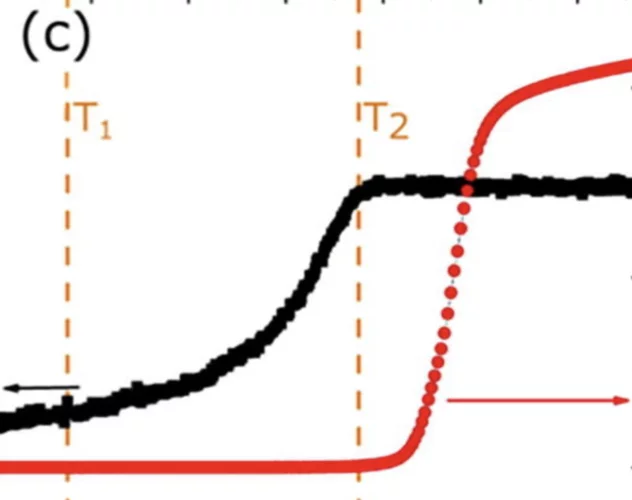
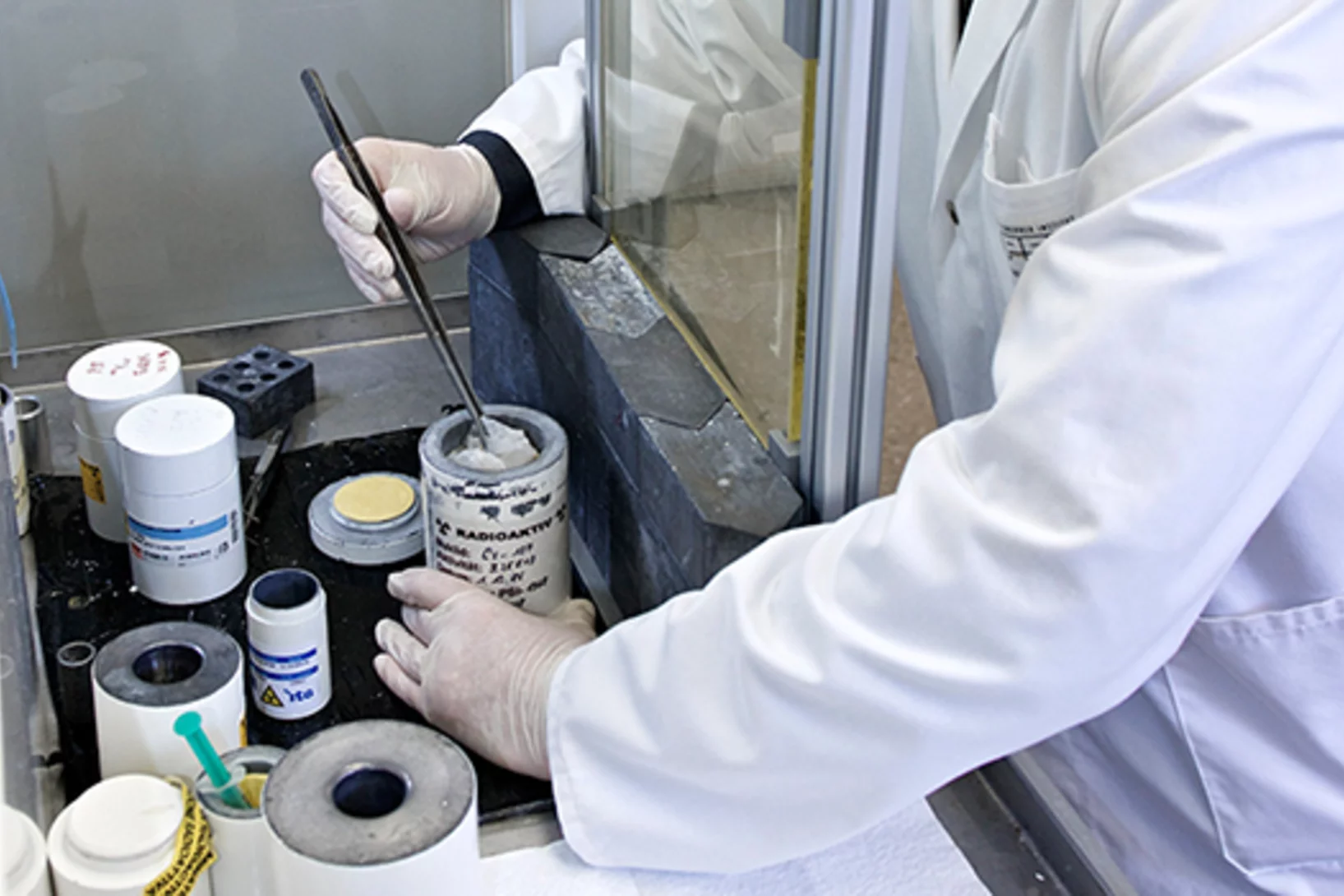
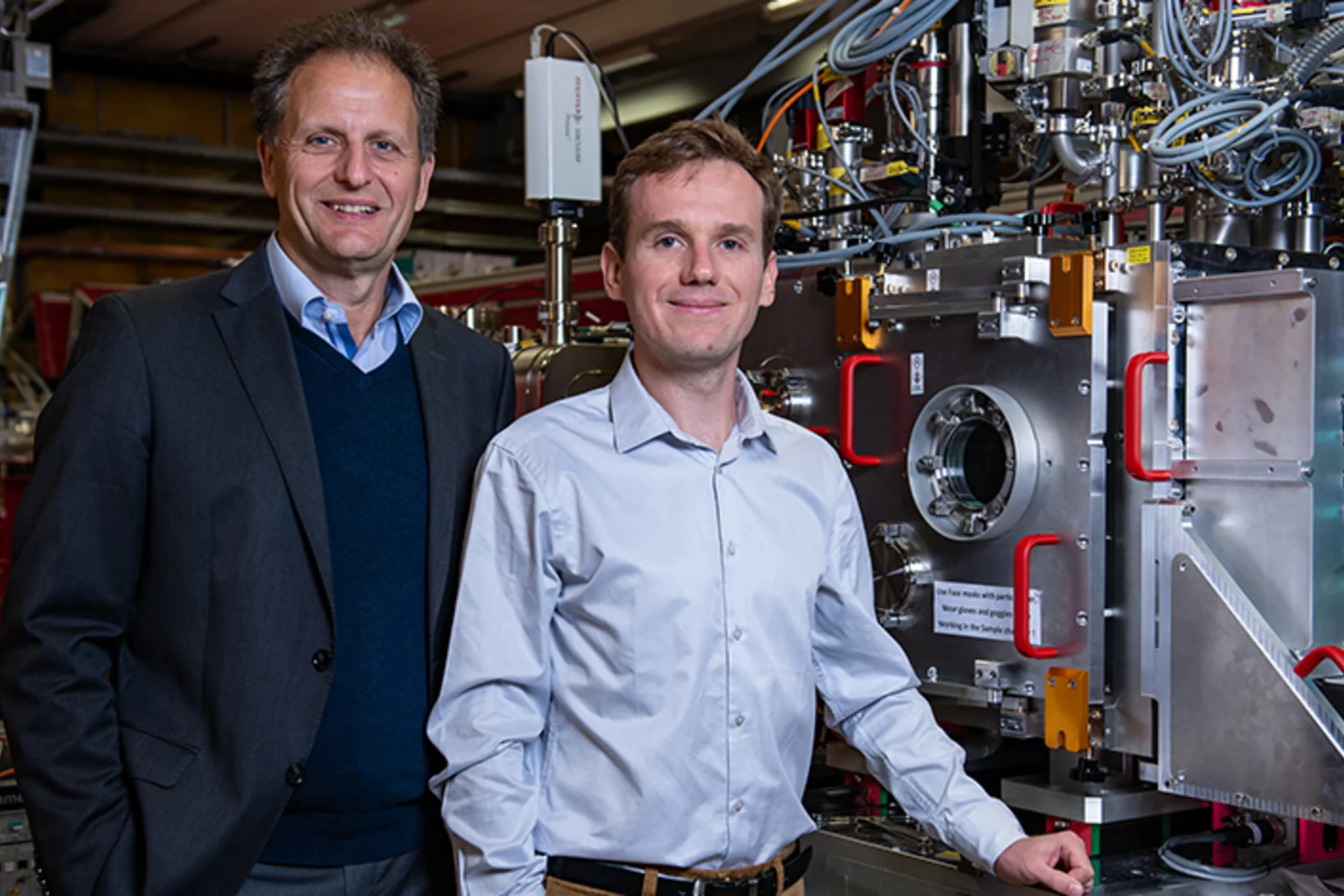
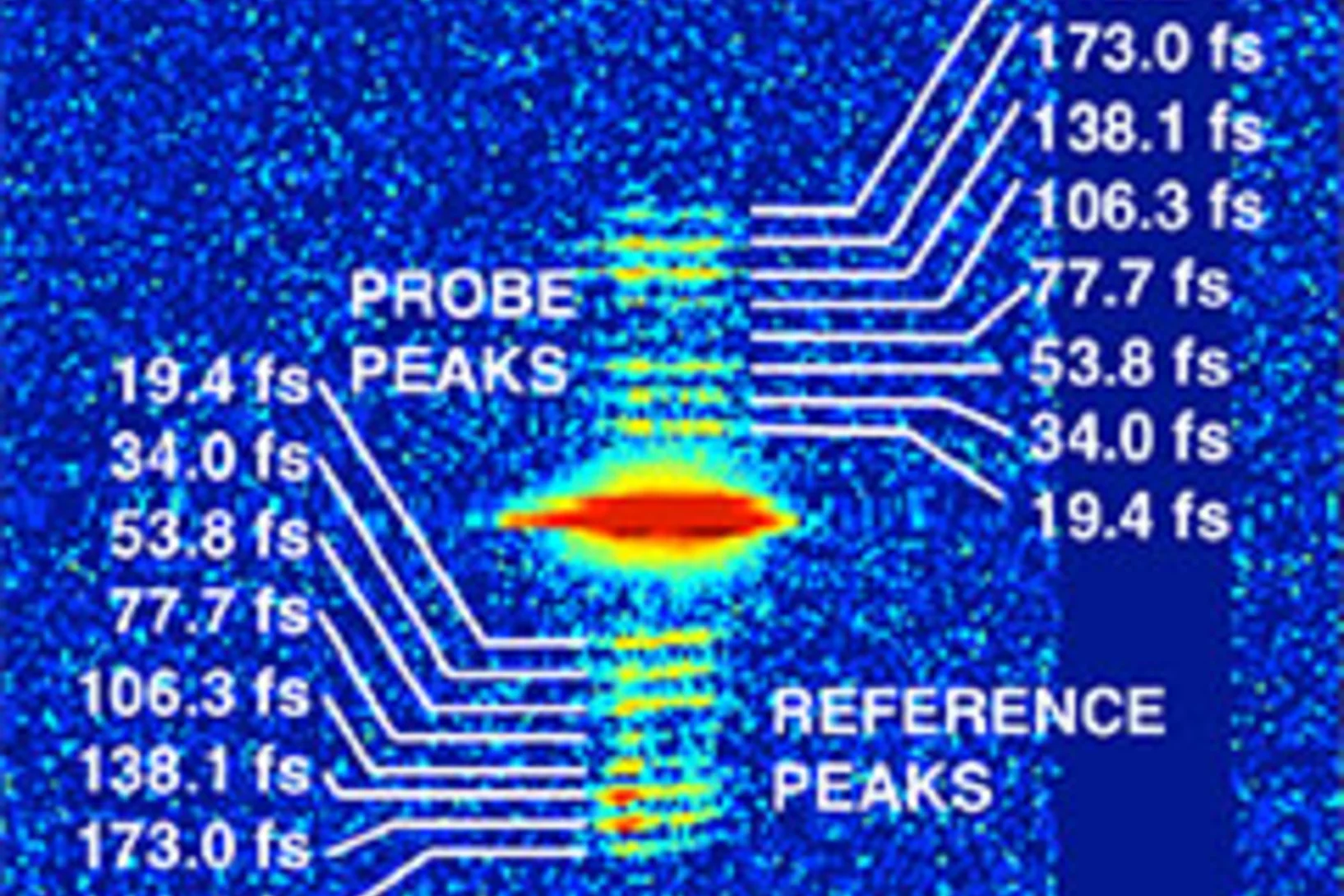
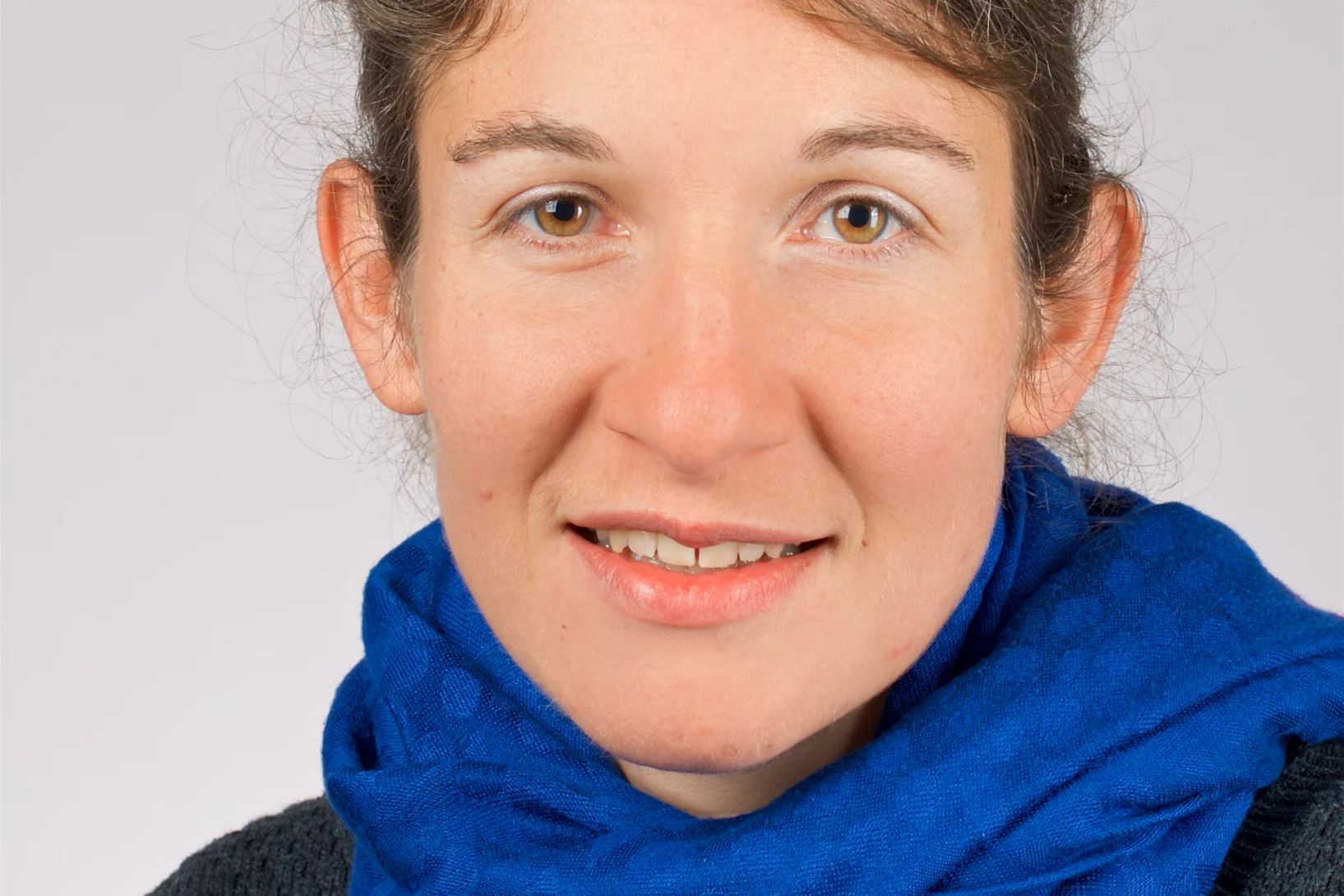
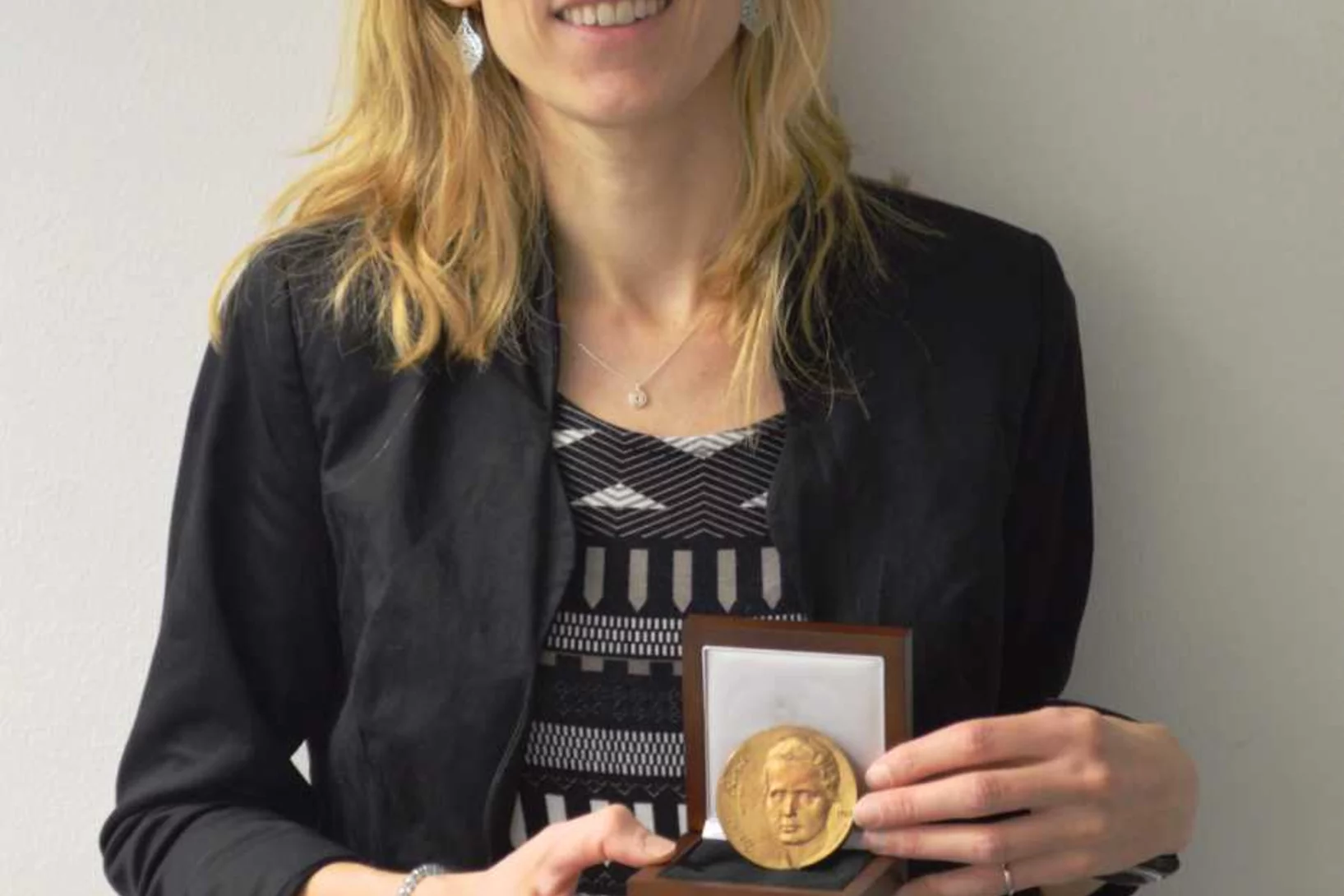
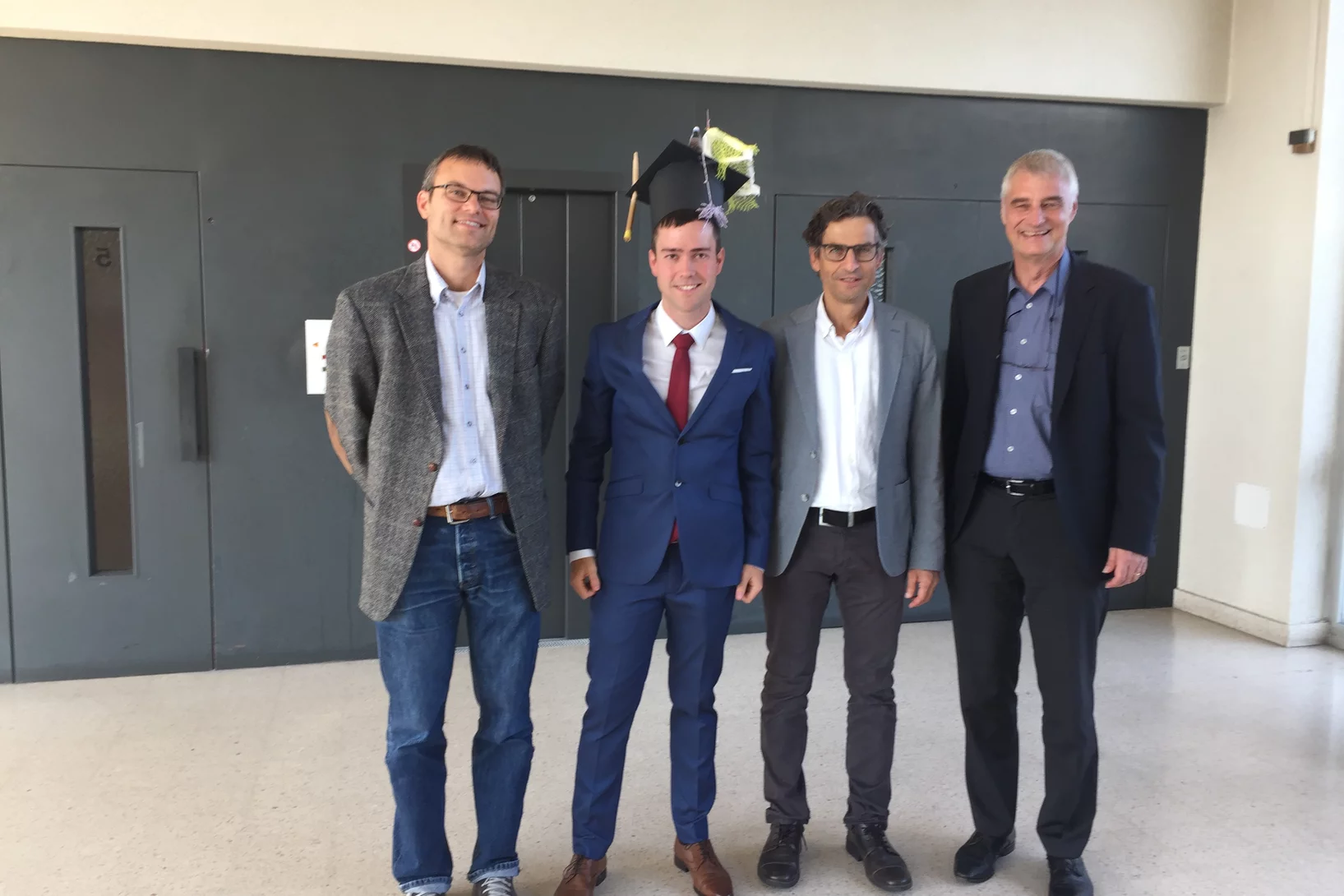
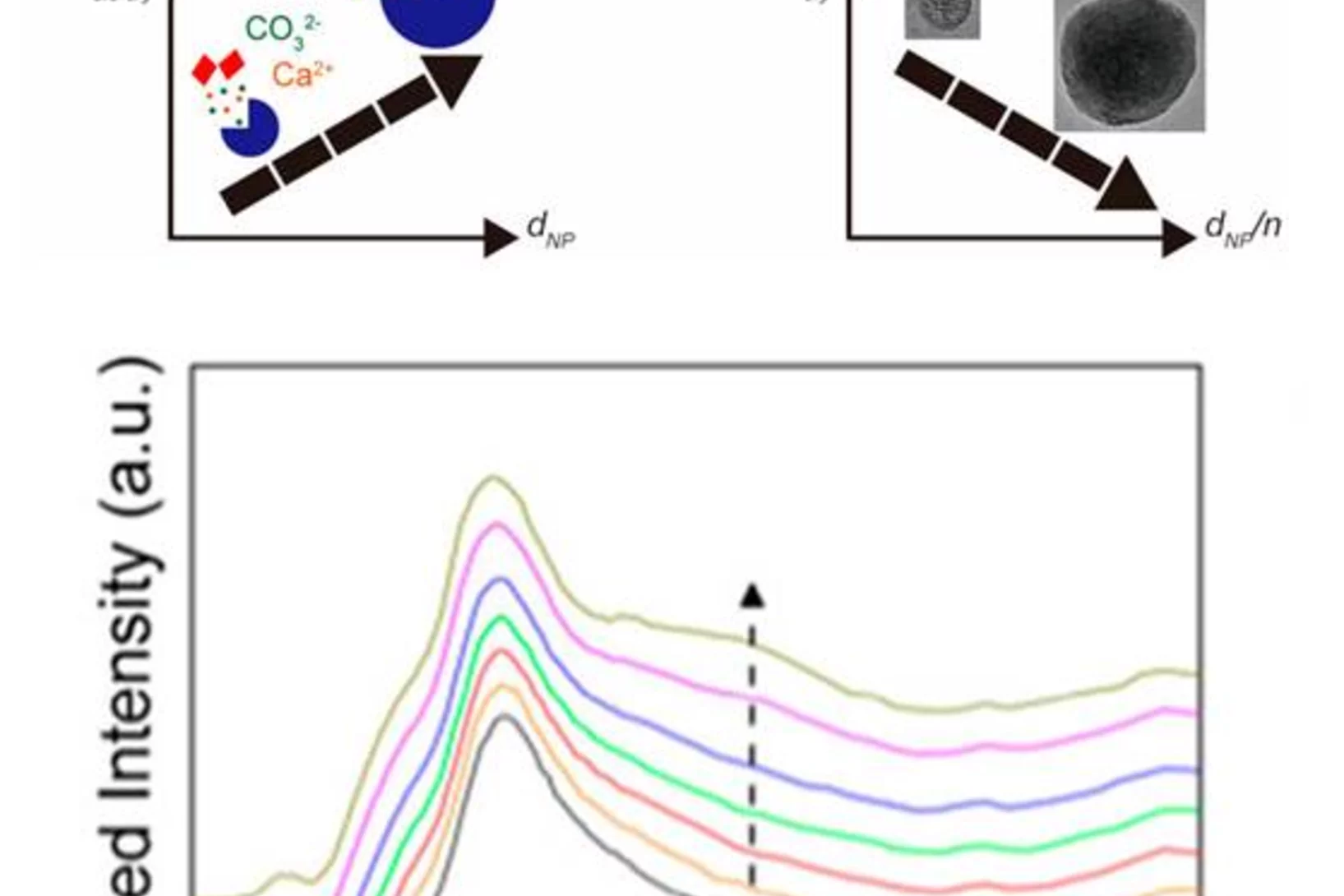


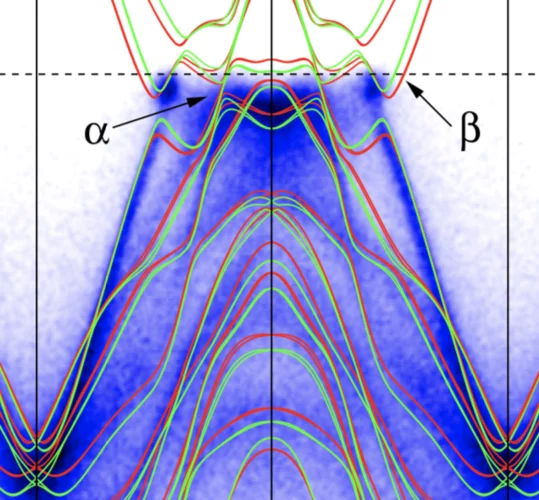
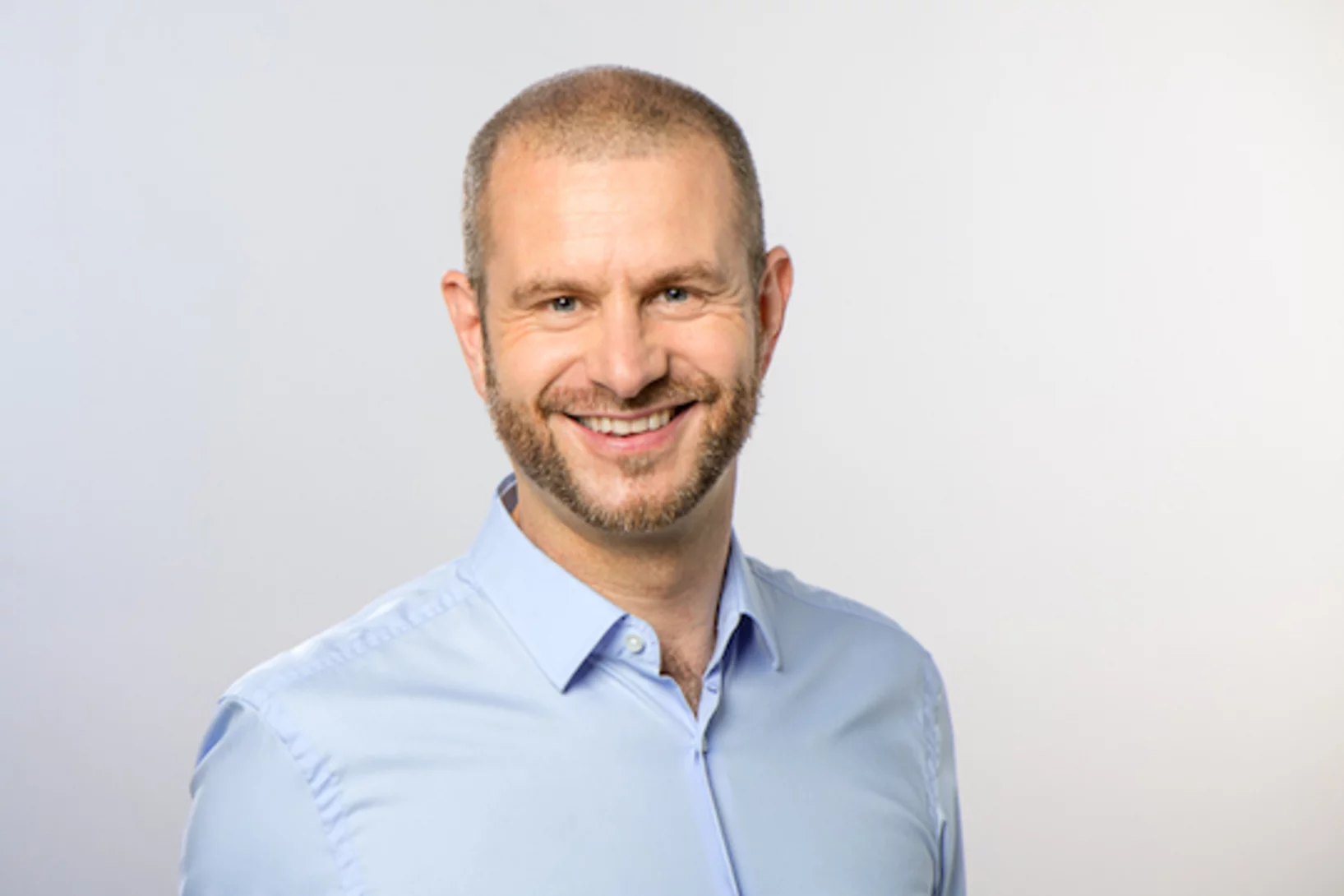
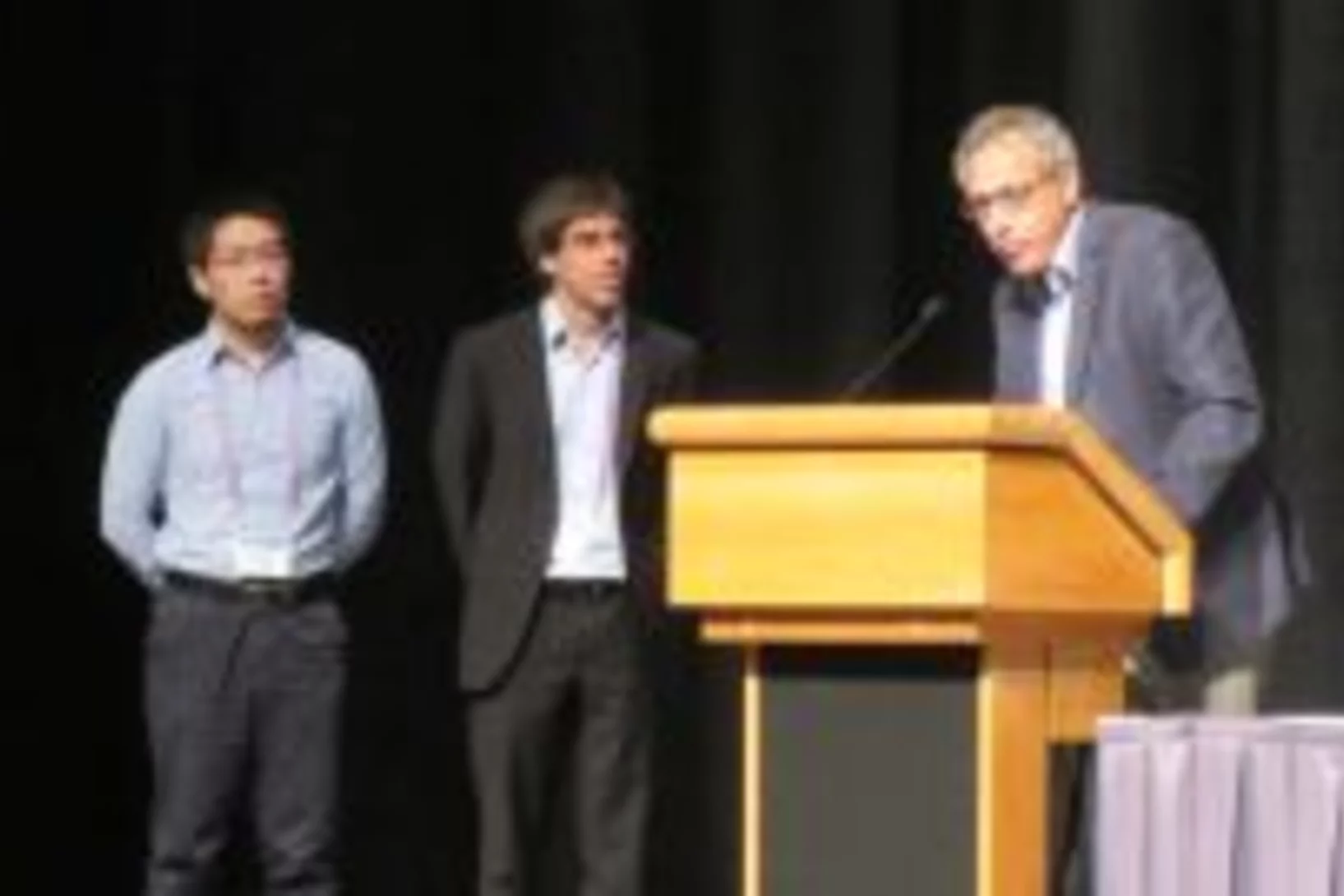

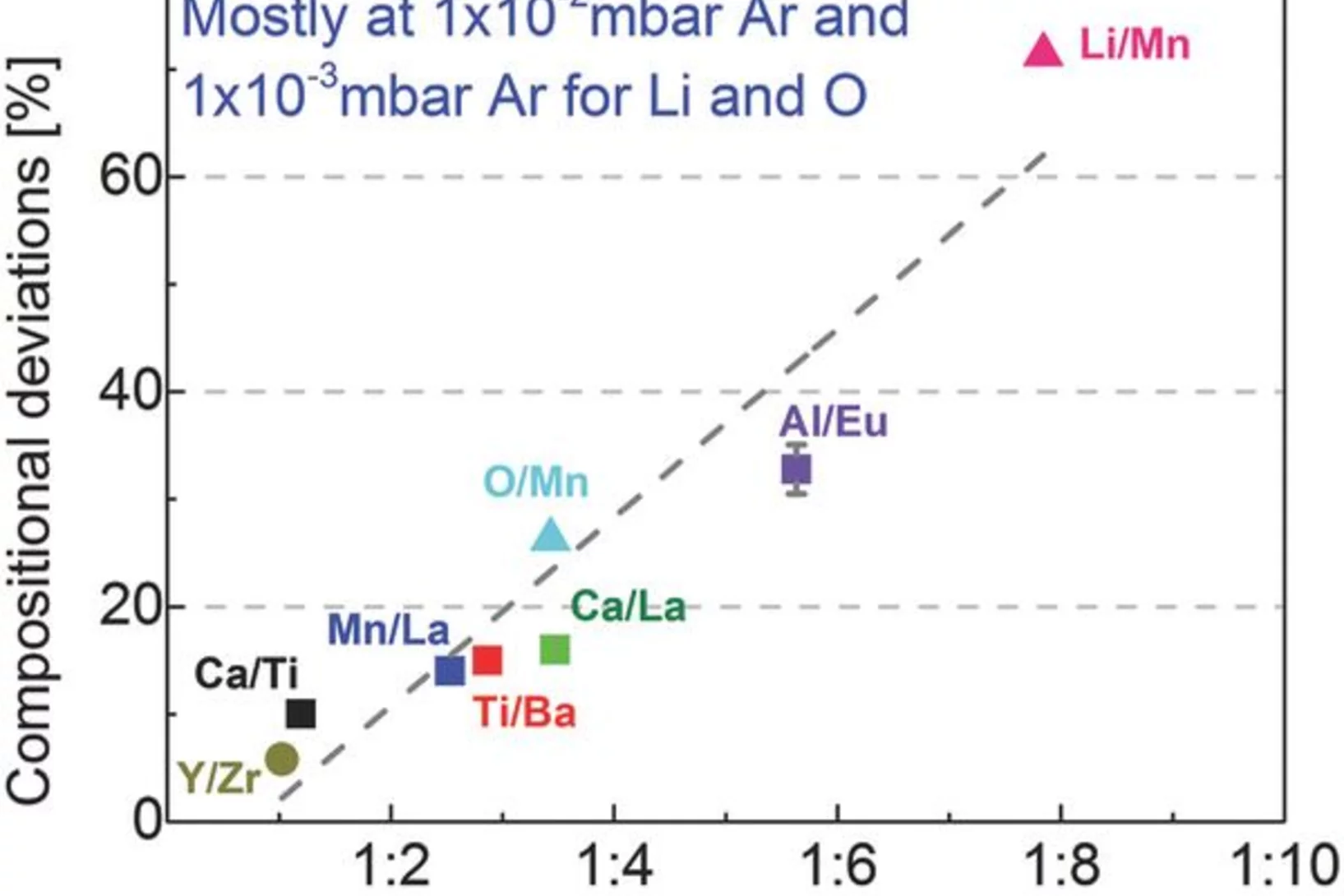
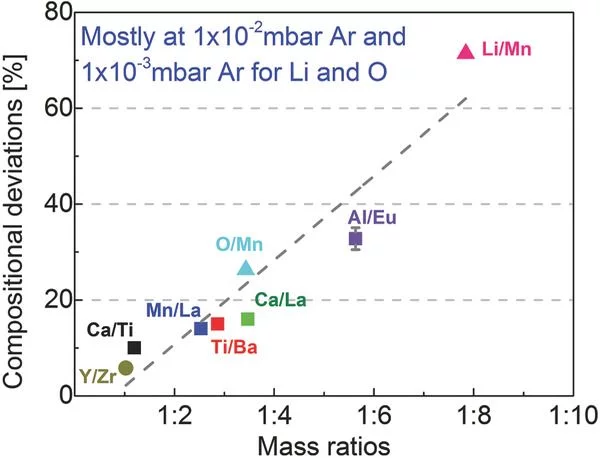

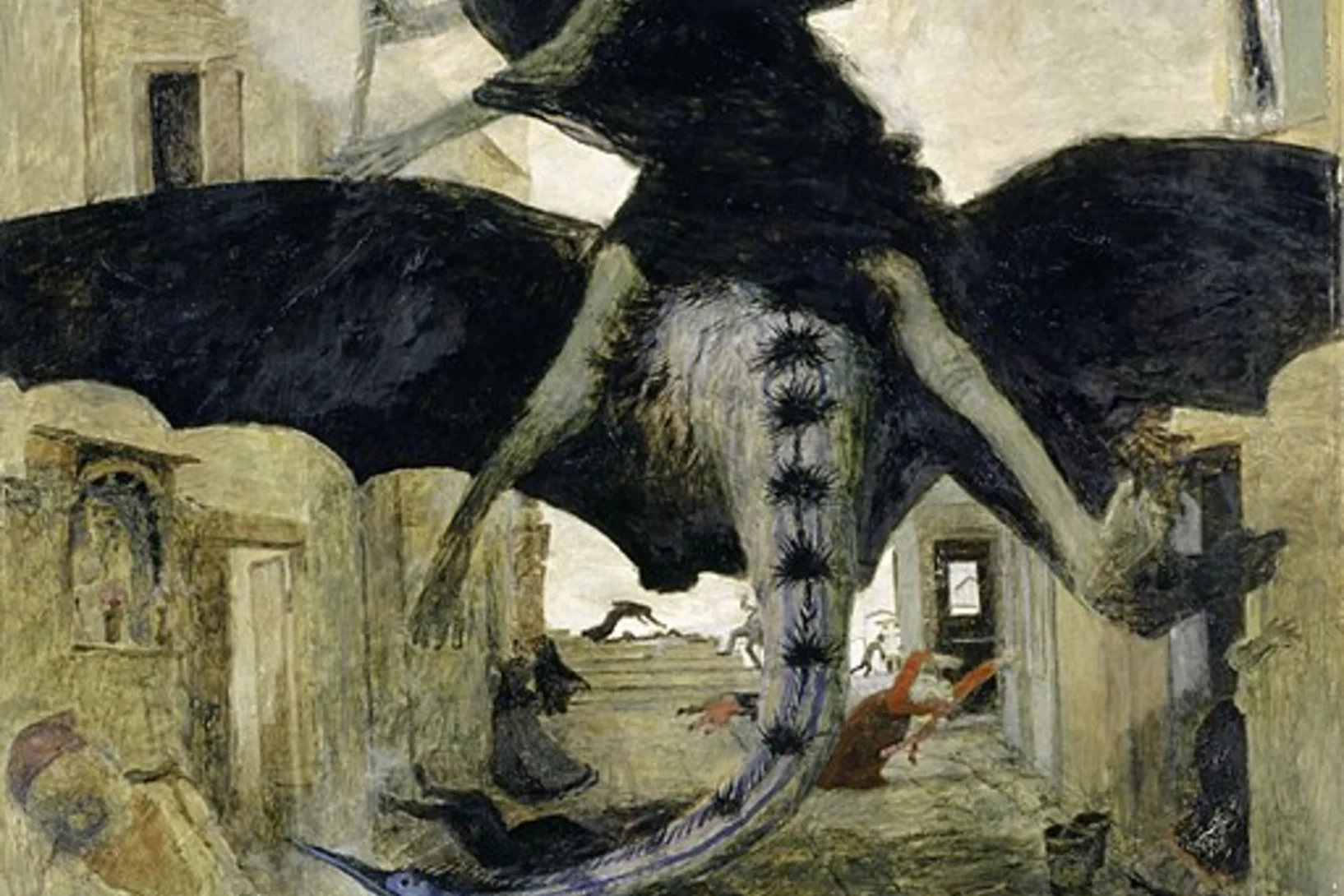
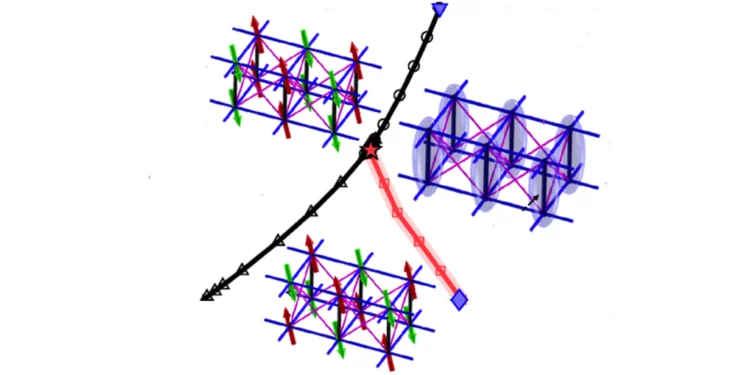


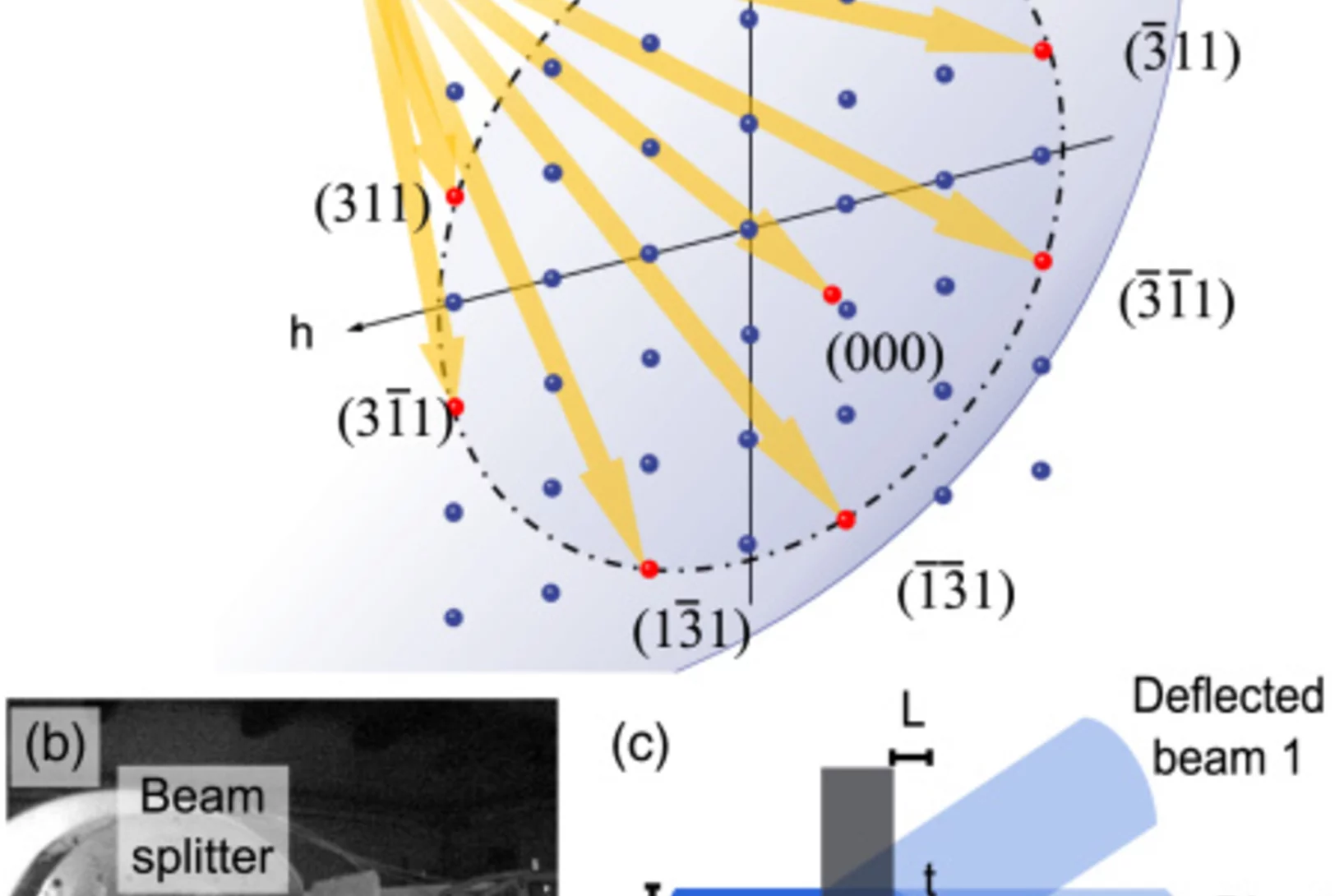
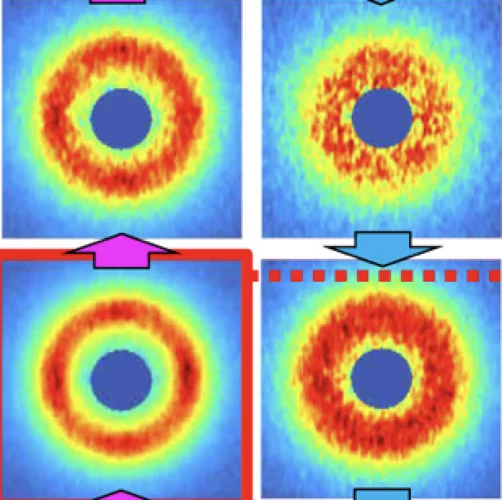
![Crystallographic structure of [CuF2(H2O)2]2pyrazine below (left) and above the structural phase transition observed at 18 kbar. The images show calculated spin-density distributions of the ground state, with spins up and down represented in cyan and green, respectively. (Image adapted from [1].)](/sites/default/files/styles/teaser_grid_3_2_scale_xl/public/import/num/News20180914PressureEN/Pressure.png.webp?itok=TwuZCxxZ)
